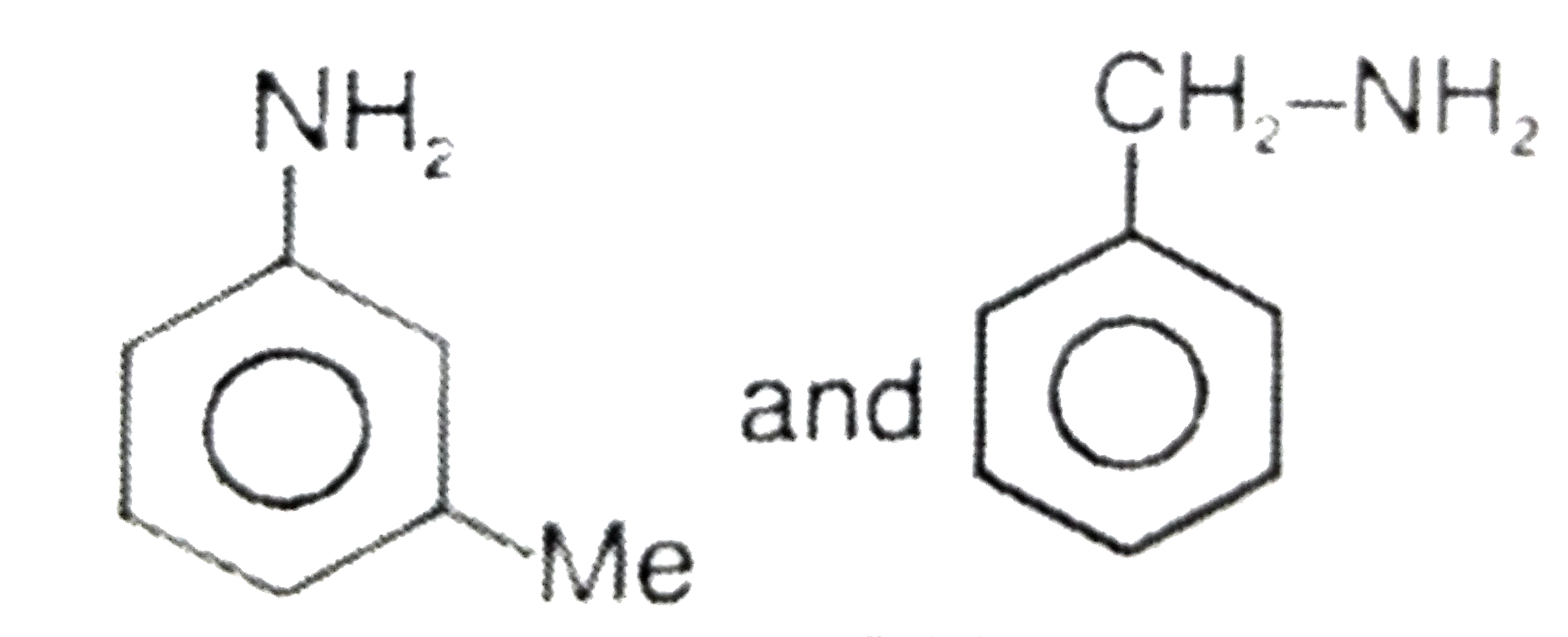Propyne and propene can be distinguished by :
A
Conc. H2SO4
B
Br2 in CCl4
C
Alk. KMnO4
D
AgNO3 in NH3
Video Solution
Text Solution
The correct Answer is:D
Propene and propyne, both are unsaturated hence give positive test with conc. H2SO4,Br2/CCl4 and alk. KMnO4 (addition reaction ) .
With ammonical AgNO3 , only terminal alkynes (like acetylene, propyne etc.) react. Alkenes do not react with this reagent. The reason is that alkynes have acidic hydrogen.
CH3C≡CH+AgNO3+2NH4OH→2CH3−C≡C
Ag↓+2NH4+2H2O
|
Topper's Solved these Questions
- HYDROCARBONBOOK - ERRORLESS CHAPTER - HYDROCARBONEXERCISE - ORDINARY THINKING (Objective question) (AROMATIC HYDROCARBON)
128 Videos
- HYDROCARBONBOOK - ERRORLESS CHAPTER - HYDROCARBONEXERCISE - CRITICAL THINKING (Objective questions)
24 Videos
- HYDROCARBONBOOK - ERRORLESS CHAPTER - HYDROCARBONEXERCISE - ORDINARY THINKING (Objective question) (ALKENE)
129 Videos
- HALOGEN CONTAINING COMPOUNDBOOK - ERRORLESS CHAPTER - HALOGEN CONTAINING COMPOUNDEXERCISE - Critical Thinking (Jee (Advanced) 2018)
1 Videos
- IONIC EQUILIBRIUMBOOK - ERRORLESS CHAPTER - IONIC EQUILIBRIUMEXERCISE - JS Jee Section (JEE Advanced (Numeric answer type question))
1 Videos
Similar Questions
Knowledge Check
 can be distinguish by ACHCl3+KOHBNaNO2+HCl followed by β-NaptholCCS2+HgCl2DNa metal
can be distinguish by ACHCl3+KOHBNaNO2+HCl followed by β-NaptholCCS2+HgCl2DNa metalFungi can be distinguished by
Aabsence of chlorophyllBpresence of chitin in cell wallCpresence of plastidsDboth (a) and (b).Ethene and ethyne can be distinguished by
ABr2 waterBKMnO4 solutionCcuprous chloride solutionDany of the above
Propanal and Acetone can be distinguished by testing with
View SolutionEthanal and propanone can be distinguished by
View SolutionAcetaldehyde and acetylene can be distinguished by :
View SolutionAcetaldehyde and Propyne can be distinguish by :
(i) Tollen's reagent " " (ii) l2/NaOH " " (iii) Lucas reagent " " (iv) neutral FeCl3
View SolutionAcetaldehyde and propyne can be distinguish by
(i) Tollen's reagent (ii) I2/NaOH (iii) Lucas reagent (iv) neutral FeCl3
View Solution

 A+B formed can be distinguished by :
A+B formed can be distinguished by :